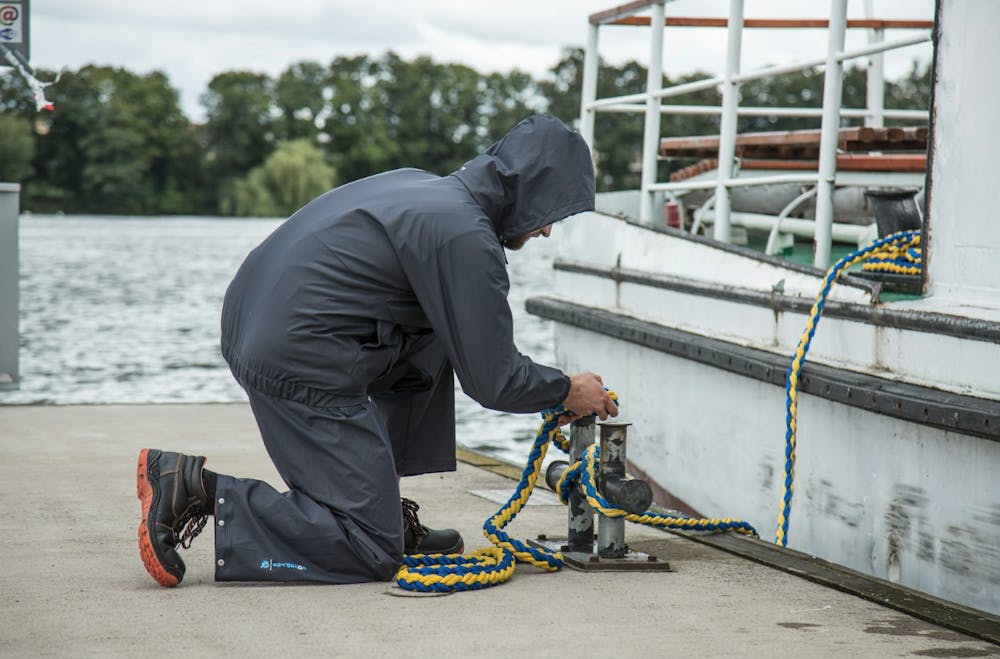Waterproofing is a crucial aspect of building construction and maintenance. Whether it’s a residential home, commercial property, or industrial facility, protecting the structure from water infiltration is essential to ensure its longevity and integrity.
One of the most effective solutions for this purpose is the use of a waterproofing membrane. These barriers prevent water from seeping into walls, roofs, basements, and foundations, thereby safeguarding buildings from structural damage, mold growth, and other costly repairs.
What is a Waterproofing Membrane?
A waterproofing membrane is a thin layer of water-resistant material that is applied to surfaces exposed to moisture. It acts as a barrier that prevents water from penetrating into the structure. These membranes can be liquid-applied or sheet-based and are commonly used in areas such as:
- Roofs
- Basements
- Bathrooms
- Balconies and terraces
- Foundations
- Parking decks
- Tunnels and bridges
Types of Waterproofing Membranes
There are various types of waterproofing membranes available, each suited for different applications. Here are the most common types:
Liquid-Applied Membranes
Liquid-applied membranes are seamless coatings that are applied using a brush, roller, or spray. They form a flexible, monolithic layer that adheres well to surfaces. These are ideal for complex shapes and areas where sheet membranes may not be practical. Common liquid-applied membranes include:
- Polyurethane membranes: Highly flexible and resistant to chemicals.
- Acrylic membranes: UV-resistant and suitable for outdoor applications.
- Bituminous membranes: Durable and commonly used for roofing.
Sheet-Based Membranes
Sheet membranes come in rolls and are applied by adhering them to surfaces. They provide consistent thickness and excellent waterproofing properties. Some popular sheet-based membranes include:
- Bituminous sheet membranes: Made from asphalt or modified bitumen, these are often used for roofs and basements.
- EPDM (Ethylene Propylene Diene Monomer): A synthetic rubber membrane ideal for roofing applications.
- PVC (Polyvinyl Chloride) membranes: Widely used for waterproofing roofs, foundations, and tunnels.
How Waterproofing Membranes Prevent Damage
Waterproofing membranes play a vital role in protecting buildings from various types of damage. Here’s how they help:
Prevents Structural Deterioration
Water infiltration can weaken concrete, corrode reinforcement steel, and cause cracks in walls and foundations. By applying a waterproofing membrane, buildings remain structurally sound and durable for years.
Reduces Mold and Mildew Growth
Damp and moist environments create the perfect conditions for mold and mildew, which can lead to health issues and costly repairs. Waterproofing membranes keep moisture out, ensuring a dry and safe indoor environment.
Protects Interior Spaces
Water seepage can damage flooring, walls, furniture, and electrical systems. A waterproofed structure prevents water from entering interior spaces, thereby protecting valuable assets inside the building.
Increases Energy Efficiency
Buildings with moisture problems often require more energy for heating and cooling due to the effect of dampness on insulation materials. A waterproof membrane helps maintain a stable indoor temperature, reducing energy consumption.
Enhances Property Value
A well-maintained, waterproofed building retains its value over time. Prospective buyers and tenants are more likely to invest in properties with effective waterproofing systems in place.
Choosing the Right Waterproofing Membrane
Selecting the right waterproofing membrane depends on various factors, including the location of the building, climate conditions, and the surface to be treated. Here are some considerations:
- Durability – The membrane should withstand environmental conditions and last for an extended period.
- Flexibility – It should adapt to structural movements without cracking.
- Ease of Application – Some membranes require professional installation, while others can be applied with minimal tools.
- Maintenance Requirements – Consider whether the membrane requires regular upkeep to maintain its effectiveness.
Conclusion
Waterproofing membranes are an essential component of any building’s protection system. They prevent water damage, enhance durability, and contribute to a healthier and more energy-efficient environment. Choosing the right membrane tailored to your specific needs will provide peace of mind and keep your building in top condition for years to come.
This post is provided by a third party who may receive compensation from the products or services they mention.


